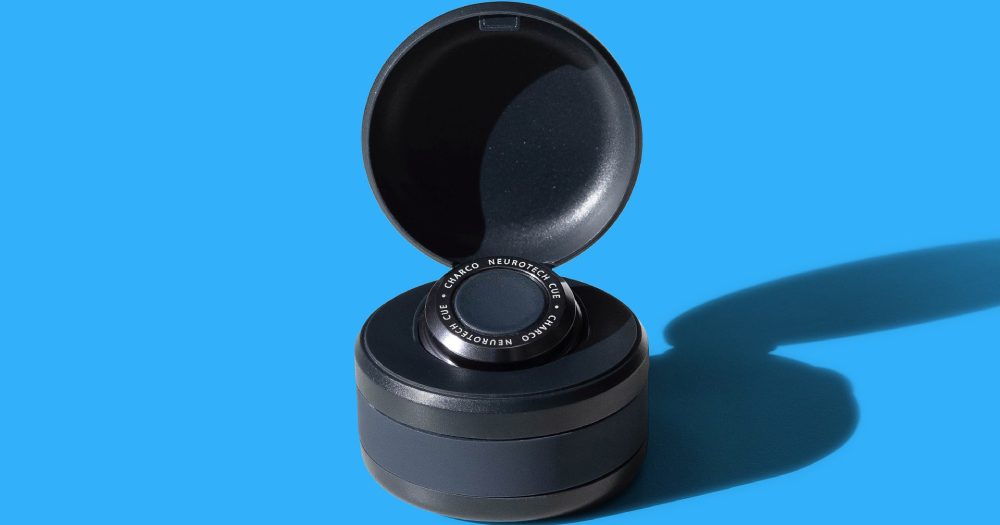This small device is wearable and can reduce Parkinson’s symptoms

In 2015, Lucy Jung was working as an industrial designer on assistive devices aimed at improving the lives of those with conditions affecting fine motor skills, such as stroke survivors, individuals with multiple sclerosis, and particularly Parkinson's patients. Among her innovations was a pen designed to aid Parkinson's patients in writing more clearly by employing high-frequency vibrations.
Jung's personal and professional paths intersected dramatically when she was diagnosed with a brain tumor. This harrowing experience gave her a profound insight into the patient experience. "I really learned what it felt like to be a patient and that any kind of support or help can dramatically change the lives of people with long-term conditions," she reflected on her journey. After recovering, Jung returned to her research with a renewed focus on Parkinson's disease, motivated by a deep desire to make a tangible difference in the lives of those affected by the condition.
Parkinson's disease is caused by a breakdown in communication between neurons in the brain, specifically in the substantia nigra, leading to decreased dopamine levels and abnormal electrical rhythms. This disruption makes it challenging for the brain to transmit instructions to the body, resulting in the disease's hallmark symptoms: tremors, stiffness, and difficulty in initiating movements.
Jung's previous work on the vibrational pen had already hinted at a potential therapeutic avenue. She drew inspiration from historical observations by French neurologist Jean-Martin Charcot, who noted improvements in Parkinson's symptoms following long carriage or train journeys. This phenomenon, further supported by research, suggested that rhythmic auditory, visual, or physical stimulation — known as "cueing" — could help patients achieve smoother movement.
Capitalizing on this concept, Jung founded Charco Neurotech in 2019. The startup, named in honor of Charcot, developed the CUE1, a wearable device that employs high-frequency vibrations to alleviate Parkinson's symptoms through cueing. Unlike invasive deep-brain stimulation implants, the CUE1 is a noninvasive device that attaches to the skin and offers an affordable solution to individuals with Parkinson's. With a price tag of £295 ($371), the device has been embraced by over 2,000 users in the UK, and anticipation is high, with a waiting list of nearly 20,000 people across 120 countries.
Charco Neurotech has successfully secured over $10 million in funding and grants, growing to employ a diverse team of specialists across the UK, South Korea, and the United States. The team's ambition is to gain regulatory approval for the CUE1, making it available through prescription by healthcare providers such as the National Health Service or Medicaid.
An integral part of CUE1's innovation is its accompanying app, which allows users to customize the vibration pattern to suit their individual needs best. Jung envisions further enhancing the device with a feedback mechanism that adjusts cueing intensity based on the user's movement. She notes, "What we're seeing is that people tend to use the device all day. Some people even use it when they're sleeping, and it helps with sleeping, too."
Through Charco Neurotech, Lucy Jung has transformed her personal experience and professional expertise into a beacon of hope for Parkinson's patients worldwide, demonstrating the profound impact of empathetic innovation in healthcare.
💡Did you know?
You can take your DHArab experience to the next level with our Premium Membership.👉 Click here to learn more
🛠️Featured tool
 Easy-Peasy
Easy-Peasy
An all-in-one AI tool offering the ability to build no-code AI Bots, create articles & social media posts, convert text into natural speech in 40+ languages, create and edit images, generate videos, and more.
👉 Click here to learn more


